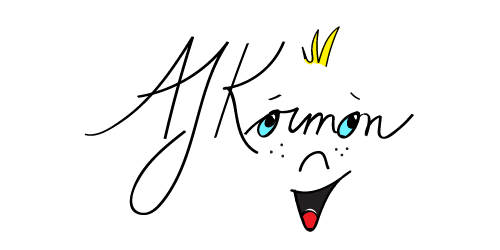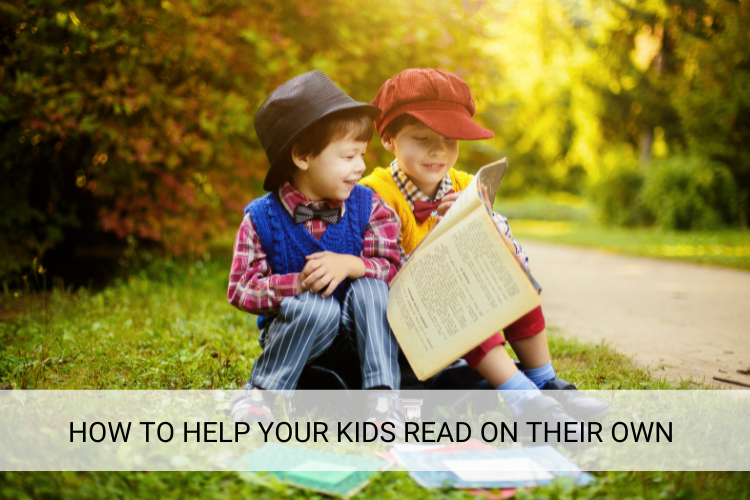Margo L. Dill, M.A. Ed., author, editor, and publisher at Editor-911 is back today with some excellent strategies for helping children learn to read on their own.
***
One of the favorite parts of bedtime routines for many families is reading aloud to young children before saying good night. When kids are in preschool, they often attend events, such as story times at libraries and bookstores, and preschool and elementary school teachers read aloud during the school day.
At some point, though, children will be transitioning from reading with adults to reading on their own, and there are a few things as parents that you can do early in a child’s life to help them with this shift. (Please note: Never fear! If you didn’t do the following strategies to help children become independent readers, there are some more ideas to help older kids make the leap to reading independently, too.)
STRATEGIES FOR CHILDREN UNDER FIVE YEARS OLD
From the time a child can hold a book, give them one! Books don’t have to be expensive—just durable to withstand toddlers and preschool kids. You can get books at the library, make them yourself, or even find some that are age appropriate at dollar and thrift stores.
The point is children can use these books to mimic what they see you do when you read to them. When they have books to play with and manipulate as toddlers and preschoolers, they learn that books open left to right, that pictures and words go together, the way your voice sounds when you are reading as opposed to talking, and even some word association between pictures and letters, such as with a simple ABC or concept book.
Giving kids these board books, cloth books, concept books, and ABC books when they are young will help them make the transition to reading on their own once they enter kindergarten and start their reading instruction.
Make books available during play time. Ask them to bring a book over to you and tell you a story while looking at it. Flip through a book, and discuss what they think it will be about or let them tell you the story in their own words by just looking at the illustrations. All of these early literacy skills and physical manipulation of books aid in making children independent readers.
STRATEGIES FOR CHILDREN ONCE THEY ARE IN SCHOOL
Even when children are in grade school, research shows that teachers and parents should still be reading out loud to kids. Many teachers do; some parents stop reading aloud before bed once children are old enough to read to themselves. Whatever you chose to do is fine. But the goal is for children to want to read on their own eventually.
It’s probably not as huge of a deal to ask a fourth grader to sit and read for fifteen minutes on their own as it is a first grader. But it’s important for first graders to become independent readers, even if some of their reading time is spent only looking at the illustrations.

BUT HOW DO YOU ENCOURAGE THIS INDEPENDENCE?
Set expectations for the independent reading time. You can read to kids before or after their own time to read when they are six to eight years old, for example, but let them know that for fifteen minutes, they will be reading a book on their own (or a portion of a book you are reading together). If kids know what to expect, then that can help them get through the independent time better.
Make the independent reading fun! One of the things that kids like about reading with parents (and teachers) is that they have your attention, and it’s special time between you and them. A book is a common interest, and reading together is a shared bond. Independent reading does not have to be alone time, struggling to read! You can have everyone in the family independently reading their own books at the same time in the same room--and then with a bowl of popcorn, sharing what you read afterwards.
Children can read to a stuffed animal, pet, or younger sibling. Even if the child is in early primary grades, they can read a repetitive book, like Brown Bear, Brown Bear by Eric Carle aloud to the family dog by using the known pattern of the words and the illustrations as cues.
Encourage opportunities like this. Have plenty of books and reading material all around the house. Then as children grow more comfortable with reading themselves, increase the time they spend doing this gradually. Don’t go from reading to them every night to expecting them to read on their own for twenty minutes without parental or teacher support.
This brings us to the last point, and that is providing success. The best way to transition children from you reading to them to reading on their own is to provide positive, successful reading sessions. Let them read a story online or play teacher and read to the family, holding the book up to show pictures. Line up ten stuffed animals and have the child read a page or two to each one.
If your child is active, have them read for five minutes and then act it out for you, and then you read to him/her for five minutes, and then the pattern starts all over again. Create a chart that shows how many minutes they read on their own each day. When they reach a certain number of minutes, maybe you pick a special book to read together.
And remember from other articles in this series that graphic novels, comic books, descriptions in toy magazines, audio books, and Pokémon cards all count as independent reading. Transition and change are hard, so if you approach the independent reading gradually with a plan for your child with a goal of making it fun and meaningful, you’ll have a house full of independent readers in no time.




Comments ()